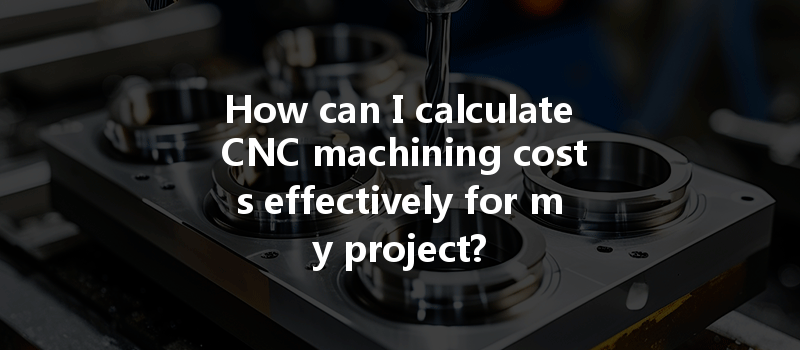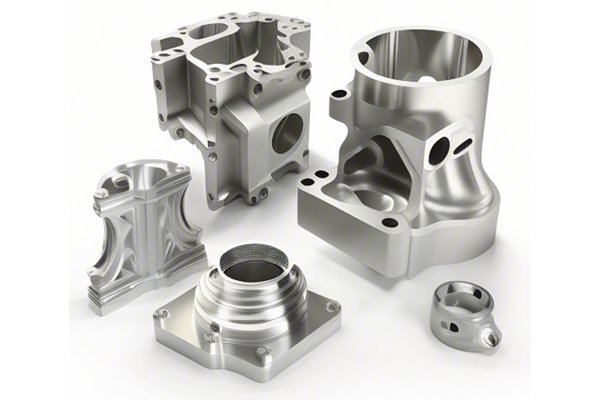Did you know that the CNC machining industry has grown exponentially in recent years, with a projected value of over $87 billion by 2025? As businesses and manufacturers turn towards automation, understanding CNC machining costs becomes vital for maintaining competitiveness and profitability. Whether you’re a startup looking to refine your product designs or an established manufacturer preparing for a large order, knowing how to accurately calculate CNC machining costs can significantly impact your project’s success.
In this blog post, we will dive deep into the various factors influencing CNC machining costs, how to accurately estimate expenditures, and strategies for optimizing these costs without compromising quality. By the end of this comprehensive guide, you’ll have the knowledge and tools necessary to manage CNC machining costs effectively for your projects.
Understanding CNC Machining and Its Cost Structure
What is CNC Machining?
CNC (Computer Numerical Control) machining is a manufacturing process that utilizes computer software to control machine tools. This technology allows for high precision and repeatability, making it an ideal choice for producing complex parts and components in various industries, including automotive, aerospace, medical devices, and consumer electronics.
However, as advanced and efficient as CNC machining may be, it also comes with a set of costs that must be carefully managed to ensure the profitability of any project.
Breakdown of CNC Machining Costs
To effectively calculate CNC machining costs, one must understand the various components involved in the pricing structure. Here are the primary cost factors:
Example Calculation of CNC Machining Costs
Let’s break down a hypothetical example:

= $15 + $200 + $400 + $50 = $665.00
This example illustrates how costs can add up. Knowing how to segment and project expenses allows for more strategic budgeting.
Tips for Effective Cost Estimation in CNC Machining
Choosing the right materials for your project can greatly influence costs. While premium materials may offer enhanced properties, consider balancing quality with cost-effectiveness. Always conduct market research to compare material prices.
Simplifying your design can reduce machining time and setup costs. Evaluate your part designs for opportunities to eliminate unnecessary features that may complicate manufacturing.
Many CAD (Computer-Aided Design) and CAM (Computer-Aided Manufacturing) software tools include cost estimation features. Utilizing such tools can help you simulate machining requirements and more accurately predict costs.
Engage in an open dialogue with your CNC machining service provider. They can help identify miscalculations in design and offer alternatives that can reduce overall costs without sacrificing quality.
If feasible, order parts in bulk. Batch production often decreases per-unit costs due to reduced setup times and economies of scale.
The Importance of Accurate Cost Calculation
Understanding and calculating CNC machining costs accurately is crucial for several reasons:
Calculating CNC machining costs effectively is paramount to the success of any manufacturing project. By understanding the various cost components—such as materials, labor, and overhead—you can create accurate estimates and make informed decisions. Adopting best practices for engine optimization, such as leveraging software tools, streamlining designs, and considering batch production, can lead to significant cost savings.
As the CNC machining industry continues to expand, mastering cost calculation will play a crucial role in maintaining competitiveness and profitability. Remember, in manufacturing, every penny counts; meticulous cost planning can mean the difference between profit and loss.
This knowledge not only empowers you to make strategic decisions but also reinforces the importance of effective budgeting in modern manufacturing. So whether you’re launching a new product or scaling up production for an existing one, revisiting and refining your cost estimation practices is a step toward greater financial health and operational success.
Ultimately, being proactive about CNC machining costs not only secures your project’s future but also fosters innovation, quality, and overall business longevity.






